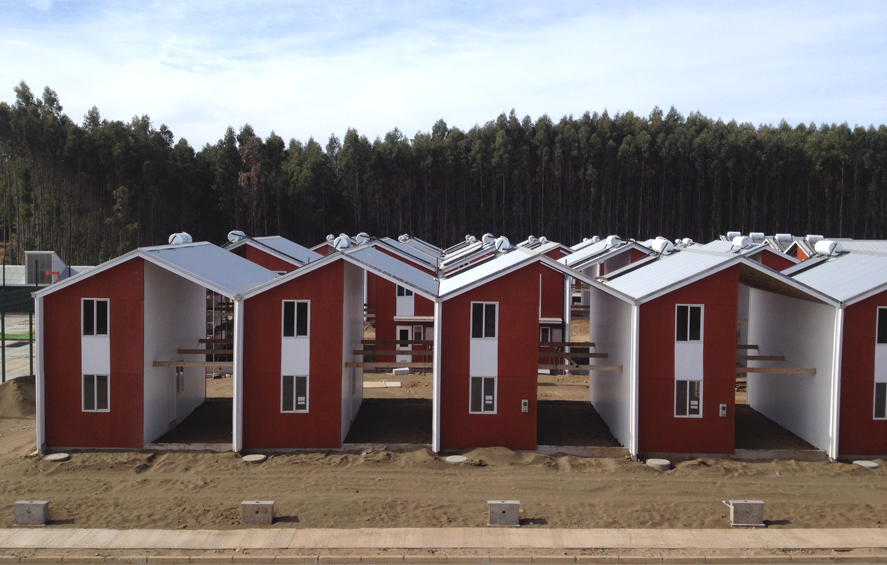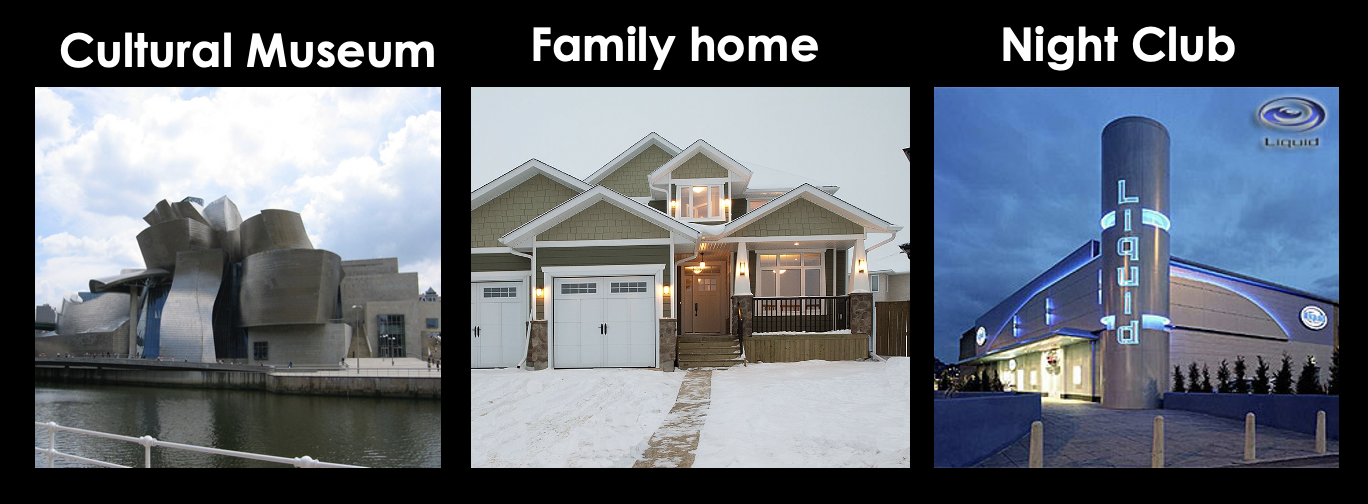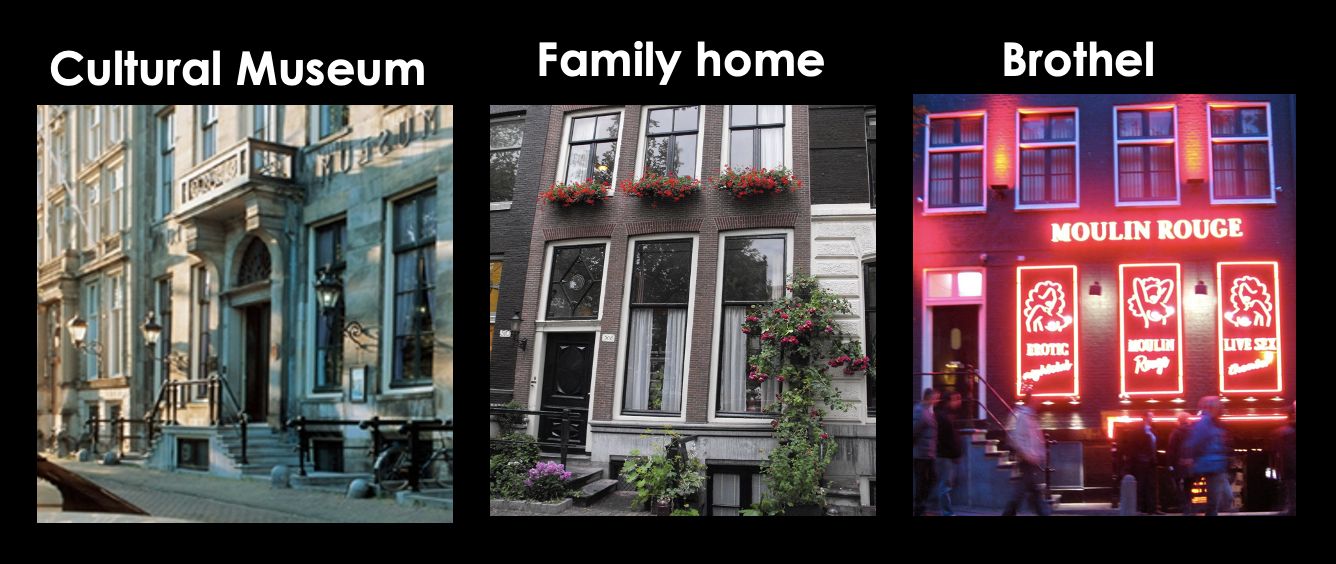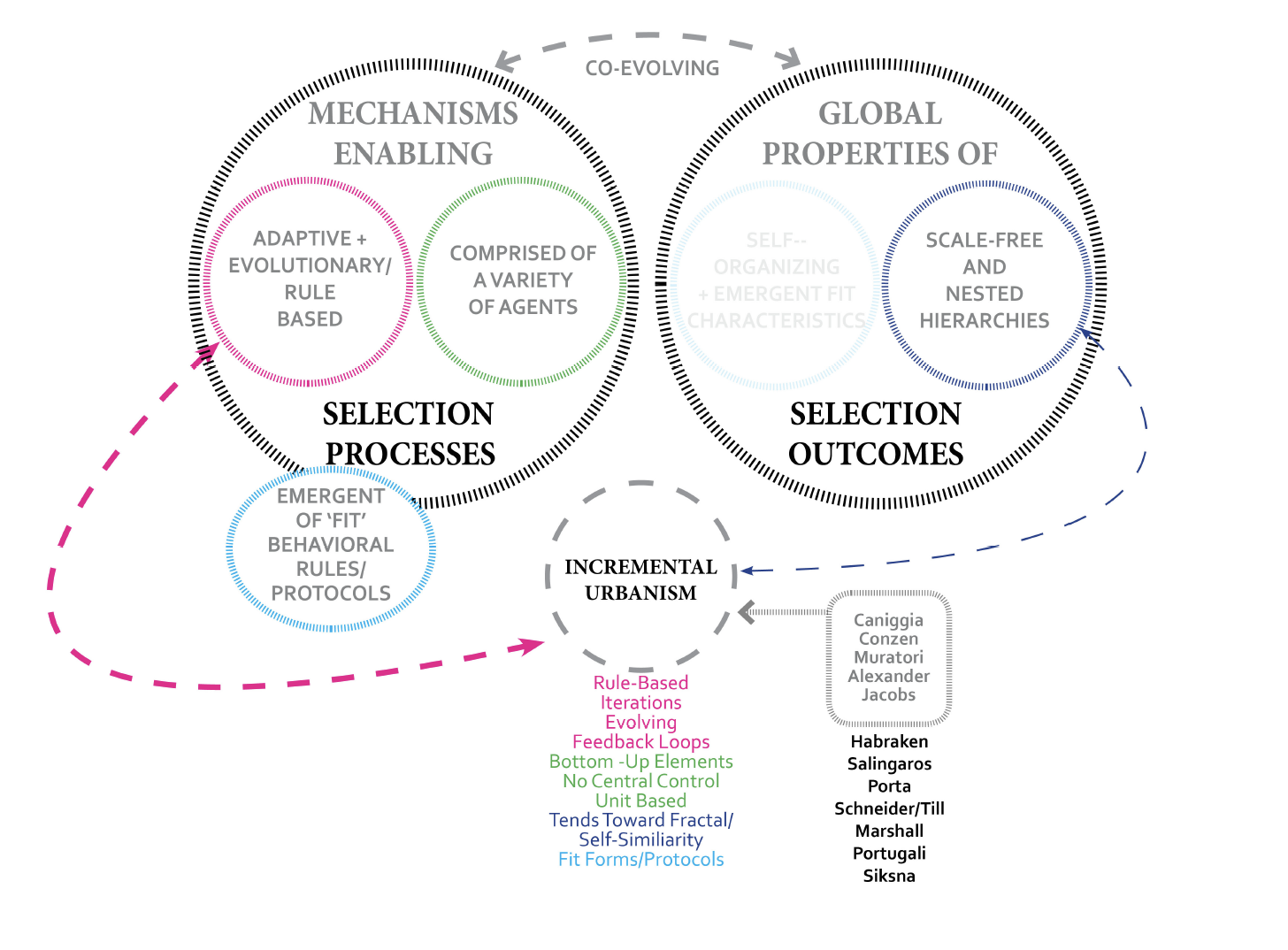cas/taxonomy/field.php (field)

Incremental Urbanism
Cities traditionally evolved over time, shifting to meet user needs. How might complexity theory help us emulate such processes to generate 'fit' cities?
This branch of Urban Thinking consider how the nature of the morphologic characteristics of the built environment factors into its ability to evolve over time. Here, we study the ways in which the built fabric can be designed to support incremental evolution
Typically, designers see the "masterplan" as the foremost solution to urban planning. Often these masterplans are characterized by large-scale, hierarchical, high capital, inflexible, and centralized ways of city planning. These masterplans fail to integrate the complex and rich dynamics of cities, with the importance of architectural forms and visions overshadowing ongoing social, economical, and political characteristics.
Incremental Urbanism, by contrast, considers the complexity of these variables and instead aims to support a city that can grow and evolve over time. Here, individual occupants or builders respond to the constantly changing environment and resources around them. The city is built piece by piece as individuals get more information, develop more aspirations, and better identify their own needs and capacities.
At the same time, people's ability to modify the city is also tied to the nature of its underlying morphologic conditions. Certain characteristics enable evolution to proceed incrementally over time, whereas other conditions resist change, and alterations require more radical processes of destruction and reconstruction - impeding the ability for iterative learning. Thus, the inherent flexibility of the floor plates of canal houses of Amsterdam enable these to host a wide array of functions - be it warehousing, housing, restaurants, offices, or shops - whereas other kinds of spaces resist such flexibility of appropriation.
Example:
Consider the images below, in the upper set of images, functions are built with a morphological specificity that resists easy conversion. While it is possible to swap out these functions into the other spaces, it is unlikely. Accordingly, if one function ceases to be fit, mutations for new functions are not easily enabled.In contrast, if we look at the canal buildings in Amsterdam, we see that the built characteristics allow for change in programming to easily take place, allowing new kinds of behaviors to be activated and supported by the identical built fabric.


Modularity
This branch of urban thinking considers time and evolution key to generating fit urban spaces. Jeremy Till & T. Schneider, in their book "Flexible Housing" discuss how housing units can be developed by means of Modularity, allowing projects to evolve incrementally over time and create larger spaces only as needed. The ultimate building scale may involve additions to structures such as an additional story, the expansion of a room, or an additional detached small unit. This type of development happens constantly and gradually over time, resulting in no large disruption to the neighborhood. Each new modification respects the existing context so that, as growth and change happen, features of of the original character remain.
Incremental development can therefore happens at many scales (or at differing 'grains' of urban fabric). The designer’s goals are to generate effective spaces that can range from single-family homes to large apartment complexes or even office buildings. This wide spectrum of spaces evolves over time by adding more modules together to create a more fit urban space.
Iterations
We can think about this kind of incrementalism as being consistent with the iterative nature of complex systems, built as a series of Unfolding Interactions that is steered by the collective behaviors of Bottom-up Agents in the form of occupants. That said, these occupants need to inhabit spaces that are capable of being modified in this incremental manner - a built fabric that has the Adaptive Capacity to respond to shifting needs and forces.
In Julia King's "What is the Incremental City" she writes, "the incremental city achieves what the ‘natural city’ achieves as it is developed in a piece-meal way responding to local conditions, desires, and aspirations.” This flexibility allows developments to freely react to new variables - the Driving Flows of urban conditions that continuously establish an array of new possible system states. We can think of these reactions as Feedback with the built environment self-regulating and organizing over time. King states that Incrementalism encourages individuals to shape and affect their environments. They activate the incremental improvements, additions, or modifications in the face of novel inputs - instilling a bottom-up personal agency not typical in top-down master-planned projects.
Many of the dynamics we see at play in incremental approaches depend on what is occurring in the surrounding context. Thus, similar to agent-based simulation models where cells shift their states based on the performance of neighboring cells, in an incremental approach there are both morphological components at play, as well as the variations on morphological conditions being influenced and constrained by what is happening on neighboring sites.
Example:
Aspects of Incremental Urbanism can be demonstrated in the game of Carcassonne. The game consists of a set of tiles that display sections of grass, roads, or cities. As tiles are iteratively placed, they must progressively adapt to adjacent predetermined conditions to keep roads and cities correctly matched together. Incremental cities and Carcassonne develop unpredictable and diverse landscapes formed by means of such small, incremental steps that are constrained by surrounding decision-making. Traditional civic growth also observes this model - evolving naturally and organically with little or no planning, while modern practices attempt to foresee out civic development ahead of time.
While incremental shifts can occur in any setting, cities designed using top-down strategies tend to have a slower pace of incremental development because of the pre-imposed limits already in place. It takes longer for agents within these cities to evolve and shape their environments, as they are already locked-in to a predetermined form. On the other hand, traditionally designed cities emerge through Unfolding Interactions, shaped via incremental changes there are a product of the needs of the agents within the system. (more on traditional civic growth found on the Urban Informalities page)

Text adapted from a contribution by Samantha Barger, Michael Gehl, Shivang Patel, Kevin Tokarczyk; Iowa State University, 2021
Back to Complexity & Urbanism
Back to Navigating Complexity
Photo Credit and Caption: Iterative Urbanism
Cite this page:
Wohl, S. (2022, 13 June). Incremental Urbanism. Retrieved from https://kapalicarsi.wittmeyer.io/taxonomy/generativeiterative-urbanism
Incremental Urbanism was updated June 13th, 2022.
Nothing over here yet
This is the feed, a series of related links and resources. Add a link to the feed →
This is a list of People that Incremental Urbanism is related to.
Urban Morphology | Evolution
This is a default subtitle for this page. Learn more →Urban Morphology | Resilience
Nikos Angelos Salingaros is a mathematician and polymath known for his work on urban theory, architectural theory, complexity theory, and design philosophy.
Learn more →Complexity of Cities
Key urban thinker Learn more →Flexibility | Spatial Evolution
This is a default subtitle for this page. Learn more →Bottom-up Urban Evolution
This is a default subtitle for this page. Learn more →This is a list of Terms that Incremental Urbanism is related to.
Agents in a Complex System are guided by neighboring agents - nonetheless leading to global order.
More coming soon!
Learn more →This is a list of Urban Fields that Incremental Urbanism is related to.
This is a list of Key Concepts that Incremental Urbanism is related to.
Navigating Complexity © 2015-2025 Sharon Wohl, all rights reserved. Developed by Sean Wittmeyer
Sign In (SSO) | Sign In
Related (this page): LINKS (56), Emergence (24), Complexity & Urbanism (9), Adaptive Capacity (21), TUTORIAL: Algorithms & Differentials (61), Self Similarity (98), Iterations (56), Fitness (59), Feedback (88), Evolutionary (94),
Section: fields
Non-Linearity Related (same section): Urban Modeling (11, fields), Resilient Urbanism (14, fields), Relational Geography (19, fields), Landscape Urbanism (15, fields), Evolutionary Geography (12, fields), Communicative Planning (18, fields), Assemblage Geography (20, fields), Related (all): Tipping Points (218, concepts), Path Dependency (93, concepts), Far From Equilibrium (212, concepts),
Nested Orders Related (same section): Urban Modeling (11, fields), Urban Informalities (16, fields), Resilient Urbanism (14, fields), Related (all): Self-Organized Criticality (64, concepts), Scale-Free (217, concepts), Power Laws (66, concepts),
Emergence Related (same section): Urban Modeling (11, fields), Urban Informalities (16, fields), Urban Datascapes (28, fields), Incremental Urbanism (13, fields), Evolutionary Geography (12, fields), Communicative Planning (18, fields), Assemblage Geography (20, fields), Related (all): Self-Organization (214, concepts), Fitness (59, concepts), Attractor States (72, concepts),
Driving Flows Related (same section): Urban Datascapes (28, fields), Tactical Urbanism (17, fields), Relational Geography (19, fields), Parametric Urbanism (10, fields), Landscape Urbanism (15, fields), Evolutionary Geography (12, fields), Communicative Planning (18, fields), Assemblage Geography (20, fields), Related (all): Open / Dissipative (84, concepts), Networks (75, concepts), Information (73, concepts),
Bottom-up Agents Related (same section): Urban Modeling (11, fields), Urban Informalities (16, fields), Resilient Urbanism (14, fields), Parametric Urbanism (10, fields), Incremental Urbanism (13, fields), Evolutionary Geography (12, fields), Communicative Planning (18, fields), Related (all): Rules (213, concepts), Iterations (56, concepts),
Adaptive Capacity Related (same section): Urban Modeling (11, fields), Urban Informalities (16, fields), Tactical Urbanism (17, fields), Parametric Urbanism (10, fields), Landscape Urbanism (15, fields), Incremental Urbanism (13, fields), Evolutionary Geography (12, fields), Related (all): Feedback (88, concepts), Degrees of Freedom (78, concepts),
